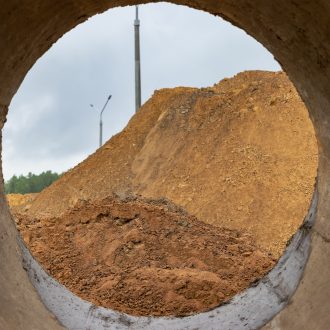
As of May 2016, a blue-green algae bloom has threatened the waters of Lake Okeechobee, a lake susceptible to high water levels since the beginning of the year. Because of this, water has been drained regularly in east and west directions, polluting these waters and spreading to our beaches in South Florida. This has halted beach activity and tourism, and more importantly has shed more light on a problem we have been facing for decades.
Algae blooms are not new to Florida. These occur due to excess nutrients such as phosphates and nitrates, which enter the water through runoff. Common causes are fertilizers, household-cleaning products containing phosphorous, and excess nitrogen and carbon. This surplus of nutrients starves ecosystems of their most valued resourced – oxygen.
Clearly marine animals are not the only victims here – human beings and economic welfare have been threatened as well. Fortunately, we are continuing efforts to avoid these issues in the future. What we can do now and everyday is to be more mindful of what we put in our waterways.


